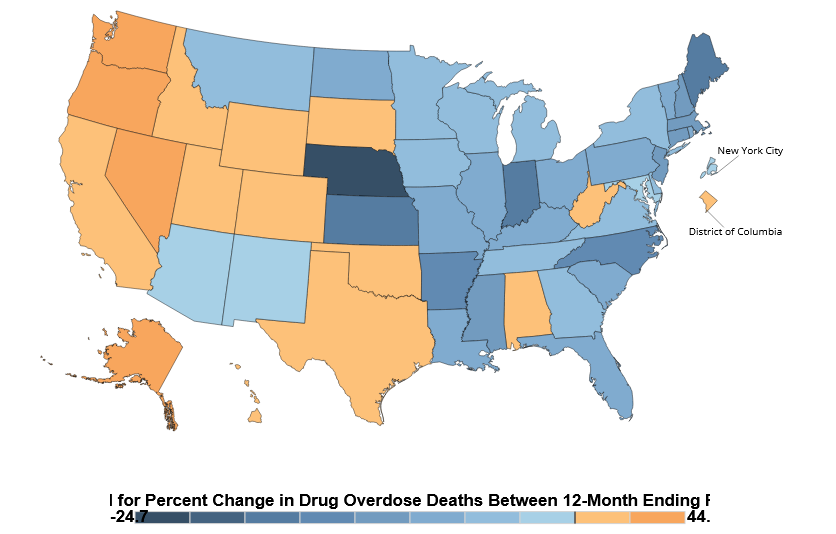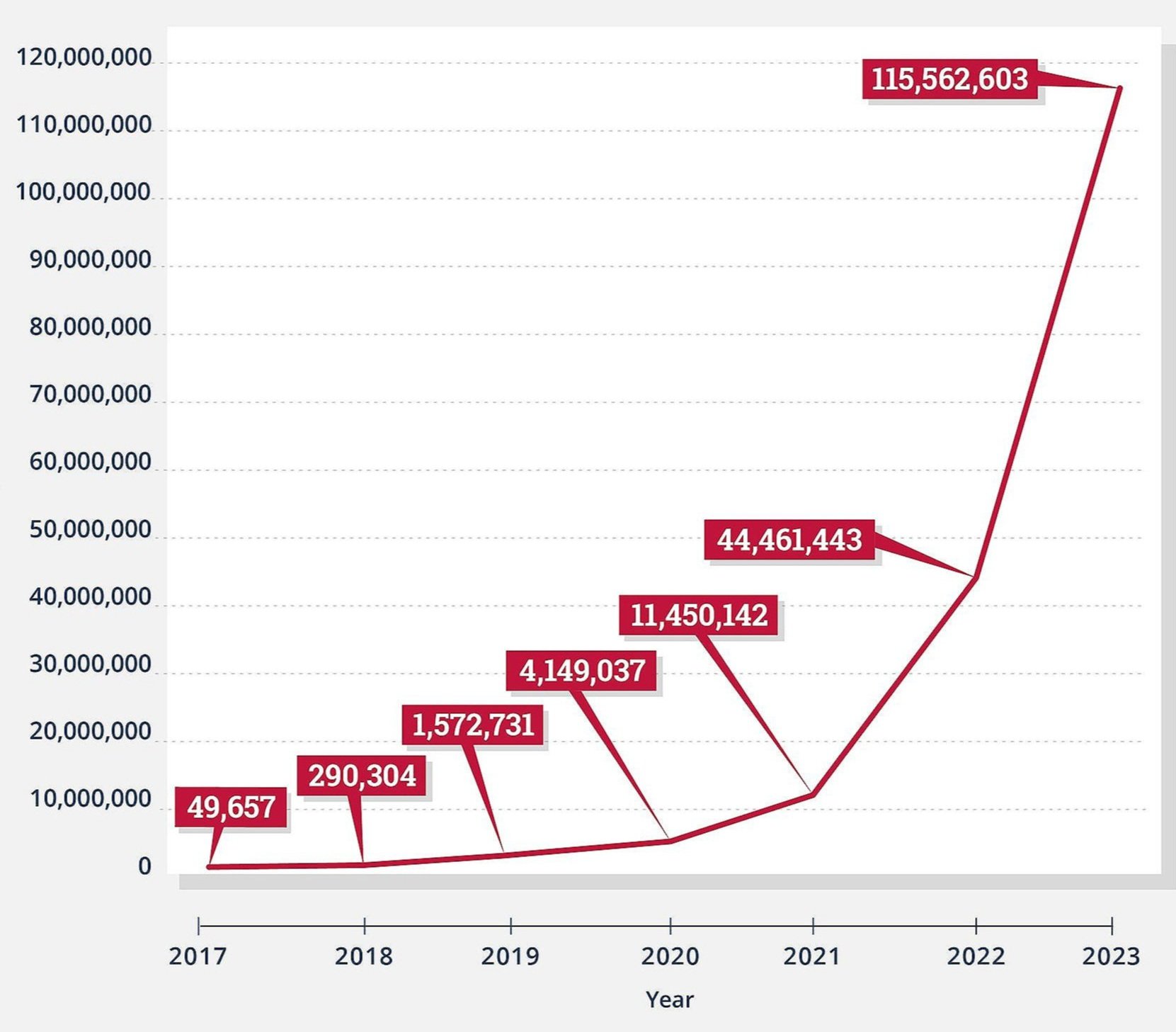Trump Administration Delays Release of Bird Flu Studies
/By Amy Maxmen, KFF Health News
The Trump administration has intervened in the release of important studies on the bird flu, as an outbreak escalates across the United States.
One of the studies would reveal whether veterinarians who treat cattle have been unknowingly infected by the bird flu virus. Another report documents cases in which people carrying the virus might have infected their pet cats.
The studies were slated to appear in the official journal of the Centers for Disease Control and Prevention, the Morbidity and Mortality Weekly Report. The distinguished journal has been published without interruption since 1952.
Its scientific reports have been swept up in an “immediate pause” on communications by federal health agencies ordered by Dorothy Fink, the acting secretary of the Department of Health and Human Services. Fink’s memo covers “any document intended for publication,” she wrote, “until it has been reviewed and approved by a presidential appointee.” It was sent on President Donald Trump’s first full day in office.
That’s concerning, former CDC officials said, because a firewall has long existed between the agency’s scientific reports and political appointees.
“MMWR is the voice of science,” said Tom Frieden, a former CDC director and the CEO of the nonprofit organization Resolve to Save Lives.
“This idea that science cannot continue until there’s a political lens over it is unprecedented,” said Anne Schuchat, a former principal deputy director at the CDC. “I hope it’s going to be very short-lived, but if it’s not short-lived, it’s censorship.”
White House officials meddled with scientific studies on covid-19 during the first Trump administration, according to interviews and emails collected in a 2022 report from congressional investigators. Still, the MMWR came out as scheduled.
“What’s happening now is quite different than what we experienced in covid, because there wasn’t a stop in the MMWR and other scientific manuscripts,” Schuchat said.
Neither the White House nor HHS officials responded to requests for comment. CDC spokesperson Melissa Dibble said, “This is a short pause to allow the new team to set up a process for review and prioritization.”
News of the interruption hit suddenly last week, just as Fred Gingrich, executive director of the American Association of Bovine Practitioners, a group for veterinarians specializing in cattle medicine, was preparing to hold a webinar with members. He planned to disclose the results of a study he helped lead, slated for publication in the MMWR later that week.
Back in September, about 150 members had answered questions and donated blood for the study. Researchers at the CDC analyzed the samples for antibodies against the bird flu virus, to learn whether the veterinarians had been unknowingly infected earlier last year.
Although it would be too late to treat prior cases, the study promised to help scientists understand how the virus spreads from cows to people, what symptoms it causes, and how to prevent infection. “Our members were very excited to hear the results,” Gingrich said.
Like farmworkers, livestock veterinarians are at risk of bird flu infections. The study results could help protect them. And having fewer infections would lessen the chance of the H5N1 bird flu virus evolving within a person to spread efficiently between people — the gateway to a bird flu pandemic.
At least 67 people have tested positive for the bird flu in the U.S., with the majority getting the virus from cows or poultry. But studies and reporting suggest many cases have gone undetected, because testing has been patchy.
Just before the webinar, Gingrich said, the CDC informed him that because of an HHS order, the agency was unable to publish the report last week or communicate its findings. “We had to cancel,” he said.
Another bird flu study slated to be published in the MMWR last week concerns the possibility that people working in Michigan’s dairy industry infected their pet cats. These cases were partly revealed last year in emails obtained by KFF Health News. In one email from July 22, an epidemiologist pushed to publish the group’s investigation to “inform others about the potential for indirect transmission to companion animals.”
Jennifer Morse, medical director at the Mid-Michigan District Health Department and a scientist on the pending study, said she got a note from a colleague last week saying that “there are delays in our publication — outside of our control.”
A person close to the CDC, speaking on the condition of anonymity because of concerns about reprisal, expected the MMWR to be on hold at least until Feb. 6. The journal typically posts on Thursdays, and the HHS memo says the pause will last through Feb. 1.
“It’s startling,” Frieden said. He added that it would become dangerous if the reports aren’t restored. “It would be the equivalent of finding out that your local fire department has been told not to sound any fire alarms,” he said.
In addition to publishing studies, the MMWR keeps the country updated on outbreaks, poisonings, and maternal mortality, and provides surveillance data on cancer, heart disease, HIV, and other maladies. Delaying or manipulating the reports could harm Americans by stunting the ability of the U.S. government to detect and curb health threats, Frieden said.
The freeze is also a reminder of how the first Trump administration interfered with the CDC’s reports on covid, revealed in emails detailed in 2022 by congressional investigators with the House Select Subcommittee on the Coronavirus Crisis. That investigation found that political appointees at HHS altered or delayed the release of five reports and attempted to control several others in 2020.
In one instance, Paul Alexander, then a scientific adviser to HHS, criticized a July 2020 report on a coronavirus outbreak at a Georgia summer camp in an email to MMWR editors, which was disclosed in the congressional investigation.
“It just sends the wrong message as written and actually reads as if to send a message of NOT to re-open,” he wrote. Although the report’s data remained the same, the CDC removed remarks on the implications of the findings for schools.
Later that year, Alexander sent an email to then-HHS spokesperson Michael Caputo citing this and another example of his sway over the reports: “Small victory but a victory nonetheless and yippee!!!”
Schuchat, who was at the CDC at the time, said she had never experienced such attempts to spin or influence the agency’s scientific reports in more than three decades with the agency. She hopes it won’t happen again. “The MMWR cannot become a political instrument,” she said.
Gingrich remains hopeful that the veterinary study will come out soon. “We’re an apolitical organization,” he said. “Maintaining open lines of communication and continuing research with our federal partners is critical as we fight this outbreak.”
KFF Health News is a national newsroom that produces in-depth journalism about health issues.












